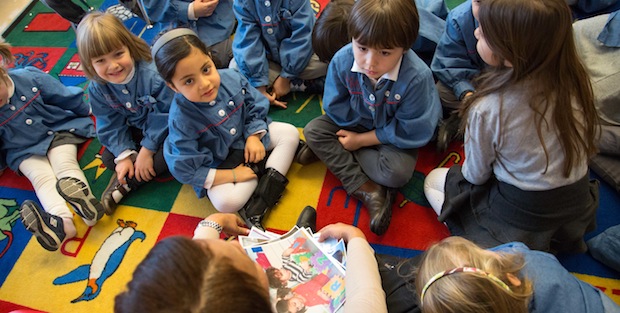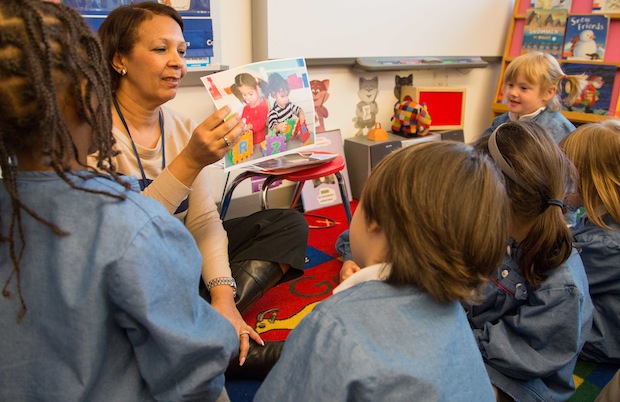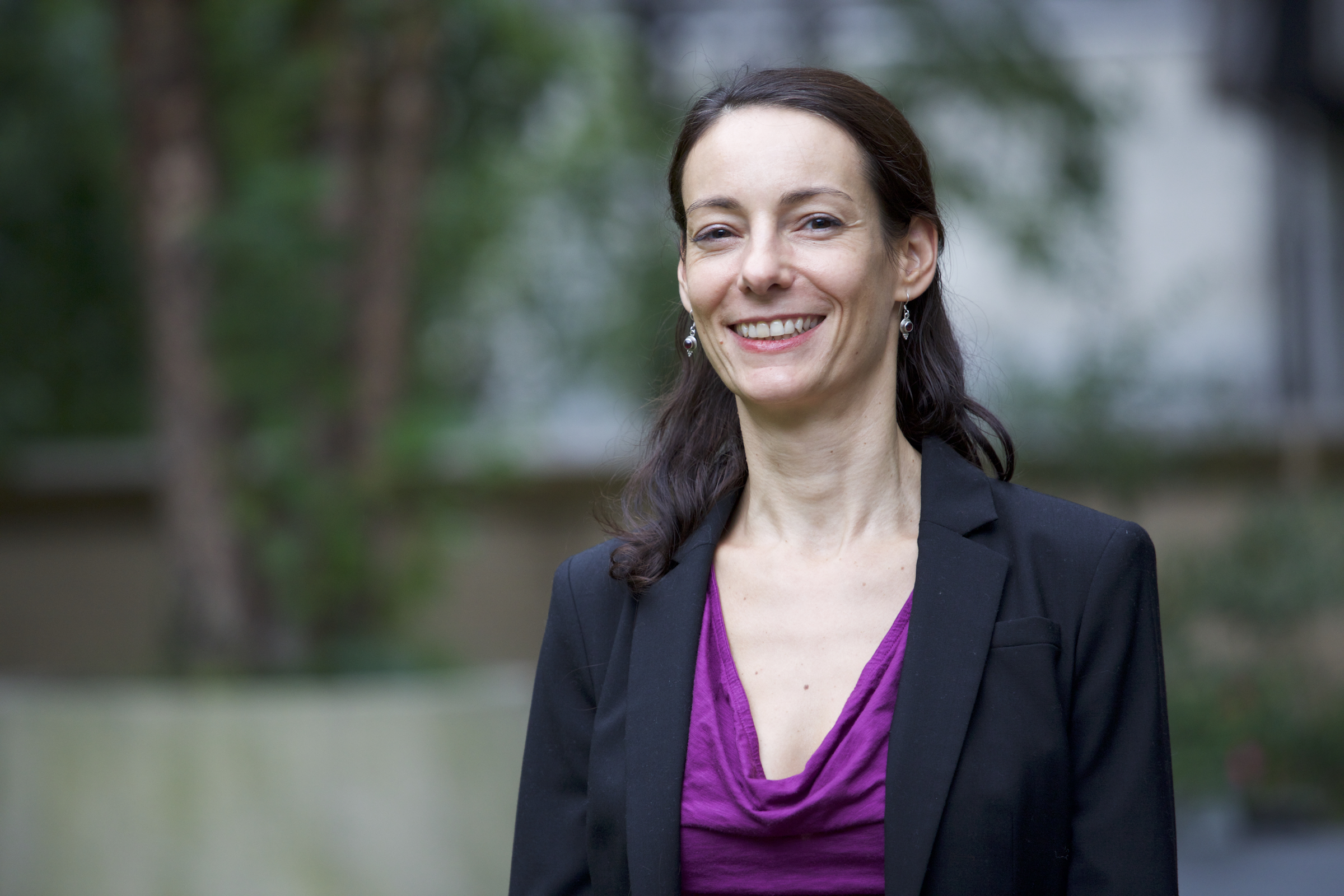In the Primary School of the LFNY, Social and Emotional Learning are being implemented using the RULER approach, where children are taught to identify emotions.
How would you define Social and Emotional Learning and Positive School Climate?
Social and emotional learning in schools (SEL) teaches the skills we all need to behave ethically and respectfully, with others and ourselves. It helps students learn ability to recognize and manage emotions, make responsible decisions, establish positive and caring relationships, resolve conflict, act with honesty, fairness and cooperation. Creating safe, supportive, challenging, mission- oriented, and caring environments go hand in hand with emotional and social learning. It’s not only learning, it’s a way of being.
Why should a school provide Social and Emotional Learning?
SEL is based on the strong philosophical view that school mission not only concerns academic achievement, but also students’ emotional, social and physical health development and perhaps even social and emotional democratic dispositions. Democracy can be based upon a person’s education; it is a way of living together as a group or setting, learning to cooperate, reacting non-violently, and participating in the well-being of one and all. Promoting education in citizenship in no way conflicts with other educational goals – on the contrary, there is a good deal of research showing that it supports them. Some studies have demonstrated that teaching SEL can enhance better academic achievement, by decreasing the level of emotional distress and conduct problems, and improving relationships between students and fostering a safer learning environment.
Don’t the schools already take SEL into account?
Schools are too often focused on measurable and standardised academic results and ignore or say they don’t have enough time for the social and emotional components. As a consequence, public education tends to concentrate on knowledge acquisition in content areas rather than on the skills necessary to develop citizenship, and social and emotional well-being
There are programs that help schools look at social and emotional issues as they pertain to the child and school climate, but, in my opinion, it takes more than isolated lessons to become socially and emotionally competent (e.g. to know how to communicate effectively, be cooperative, negotiate with others to solve problems, know when and how to seek help…) : it’s an everyday process that involves the whole school community – educators, students and parents. It’s obvious that problems like youth drug use or bullying are very complex, and develop over time within the broader context of the school, family, and community. The response to prevent these issues can’t be simple or quick. An assembly, watching a movie, or class discussion can get things going, but it can’t be seen as a one-time event.
How can a school improve its SEL approach?
The collaborative organization for academic, social and emotional learning (CASEL**) founded in 1994 and based in Chicago (University of Illinois) offers a range of school-based programs across grade levels which provide sequential and developmentally appropriate instruction in SEL skills, either in the classroom, during out-of-school activities, or at home : http://casel.org/
Their SEL approach goes also hand in hand with school climate, and both should be looked at together. The work of Jonathan Cohen interviewed recently on the LFNY Life blog is therefore strongly related to social and emotional development : http://www.schoolclimate.org/
But in addition, schools can foster such activities as peer tutoring, social clubs, community service, peer-led health campaigns, advisory and even sports that can improve the overall social and emotional life of a school. A school focused on Social and Emotional Learning encourages the student to get A+ academic, but also be an A+ friend and A+ citizen. These are values that should be visible, promoted, and shared by the whole school community.
How can be SEL integrated by teachers in the classroom?
It’s not always in the classroom. It can be a service learning experience. My son learned much about himself in a school-sponsored community health clinic trip to South America—working to help provide basic services for families in another part of the world. He also bonded closely with his classmates and teachers during this experience. This type of activity flows back to his work and relationships at school. Issues core to Social and Emotional Learning can be integrated into academic subjects like literature courses! Many of the classic novels talk about love, hate, treason, despair… let’s talk about it in the honors literature classes too but then connect it with what students feel and think, decision making, issues with their own peer group and teacher relationships at school. Much can be learned about the current social and emotional situation of students from these great works of art, music, poetry and literature….
Cannot the teachers think it is not their role to teach SEL?
Indeed, teachers think sometimes it’s not their job to deal in the social or emotional realm. Some feel it goes beyond their professional competences. That’s why in the schools where SEL is important, the principal should let the staff know that it is part of their mission to value safety, support, mutual care and respect… and provide training and examples on how to do to it easily and seemlessly in the classrooms.
We know for instance that all schools have issues of violence, mental health, and the classroom is the biggest contributor to feeling safe. That’s why teachers have to feel reassured to discuss social and emotional subjects. It doesn’t mean they become psychologists or have to dig into someone’s personal life in a therapy-type way; just that they feel allowed to educate peer groups and their social interactions. If teaching is only focused on an individual, you don’t know how peer interaction is influencing child’s development.
Educators have a mission to help students interact positively. For example, what should teachers do if a child’s family member died during the course of the term? Some schools try and keep it private, or refer the child to a therapist, but don’t do much as a school or classroom. Some schools act as if nothing at all happened. Often these schools are not sure what to do since they have defined their role and the role of the school as strictly academic. The case of how friends should support a peer during times of mourning goes straight to the heart of what a school or teachers should do to improve social and emotional learning. Talk to the child ? Talk to the wholeclass ? Go to the funeral ? Each of those responses made by the peer group, teachers, and school influences Social and Emotional Learning.
As you can see, SEL it’s not about being an expert, but acting in a human way.
** In Primary, SEL is being implemented using the RULER approach, based on training designed by Dr. Marc Brackett of Yale University, Three Primary teachers have been trained this year, and they are now leading training for the entire Primary faculty. Read more in LFNY Magazine, Winter 2012, p. 38.
About Ron Astor
 RON AVI ASTOR holds joint appointments in the USC School of Social Work and USC Rossier School of Education. His work examines the role of the physical, social-organizational and cultural contexts in schools related to different kinds of school violence (e.g., sexual harassment, bullying, school fights, emotional abuse, weapon use, teacher/child violence). Astor’s studies have included tens of thousands of schools and millions of students, teachers, parents and administrators. Over the past 10 years, findings from these studies have been published in more than 150 scholarly manuscripts. http://sowkweb.usc.edu/faculty/ron-avi-astor
RON AVI ASTOR holds joint appointments in the USC School of Social Work and USC Rossier School of Education. His work examines the role of the physical, social-organizational and cultural contexts in schools related to different kinds of school violence (e.g., sexual harassment, bullying, school fights, emotional abuse, weapon use, teacher/child violence). Astor’s studies have included tens of thousands of schools and millions of students, teachers, parents and administrators. Over the past 10 years, findings from these studies have been published in more than 150 scholarly manuscripts. http://sowkweb.usc.edu/faculty/ron-avi-astor
About the Author :
Professeure agrégée de Lettres Modernes et titulaire d’un Master professionnel de Psychologie clinique, Nathalie Anton a été membre pendant trois ans d’une équipe en charge de prévenir la violence en milieu scolaire dans l’académie de Paris. Elle est aussi l’auteur de l’ouvrage L’Art d’enseigner, paru aux éditions Ixelles en août 2012. Quand elle n’est pas en classe, Nathalie aime courir à Central Park et sillonner la ville à vélo l’été et se réchauffer dans les salles de spectacles l’hiver.




2 comments
Comments are closed.